#Dog boarding
Explore tagged Tumblr posts
Text
How I spent New Year’s Eve morning at work.
60 notes
·
View notes
Text
Let me introduce you to the pets!
Grim

My service dog, a Blue Heeler/Lab mix. His birthday is October 13th and he is 2! He works for several things with me, like PTSD, dissociation and POTS.
Marvel

My gf's puppy, he is 1 ½ and a pittie mix (possibly boxer?). His birthday is 13th of April.
Phoenix

My partner's retired service dog! She's turning 7 on November 13th! She is a Lab/Blue Tick Hound, and currently her favorite hobby is acting out because of my partner going back to work.
Nova
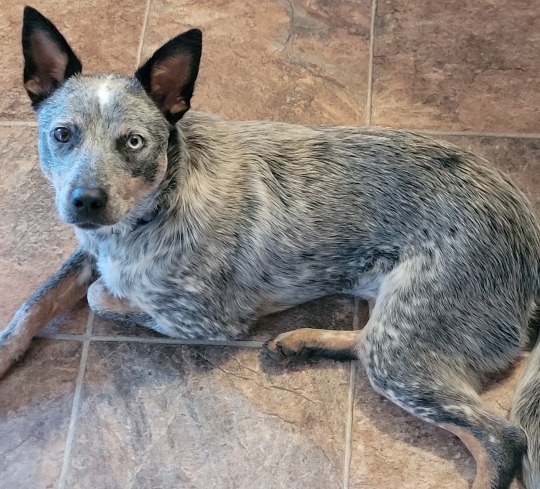
She's our foster! She is 7 months, a Blue Heeler/Catahoula Leopard Dog, and in training as a service dog for hearing loss and PTSD. Her birthday is April 10th. She only got here Wednesday and has been settling in amazingly. She picks up on things so fast, and I will be going out with her future handler to get her more things tomorrow.
Jax

Jax is my gf's cat, he is 10 now, and a Hurricane rescue. He's got some thyroid issues and getting old, so he doesn't leave the utility/cat room much.
Goliath
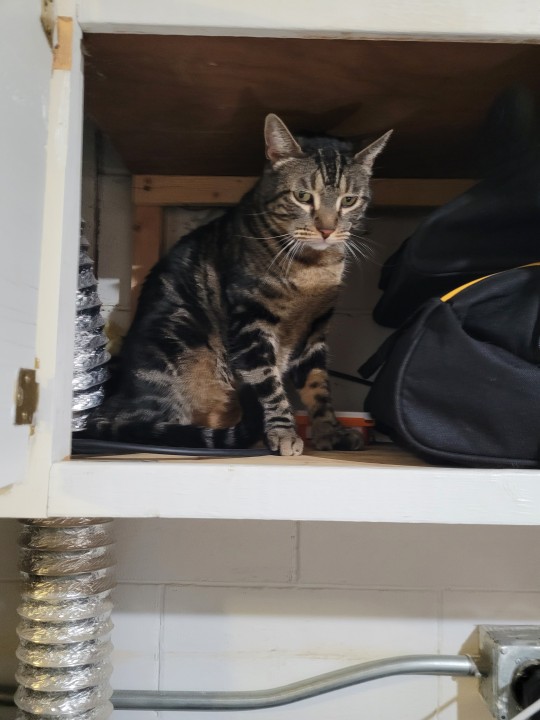
Him and Hubba Bubba have only lived here since yesterday! My partner adopted Goliath and it turned out he had bonded to Hubba Bubba, so I now have a cat as well. His birthday is estimated to be 09/2021, so he is 3. He is very cuddly but likes his own space, and he is massive, so the name fits.
Hubba Bubba

Hubba Bubba is the other cat we got yesterday. His birthday is estimated to be the same as Goliath, 09/2021. He is lovey and cuddly, and I have spent most of this evening having him come up to me for love and cuddles. He is absolutely jacked, hence why he looks a bit chunky. But he isn't, just 50/50 fluff and muscle. He is everything I ever wanted in a cat.
Sam

A bearded dragon! We rescue exotic pets, and Sam is one of them. He is about 1 now, and a bit of a bully. He has repeatedly mistaken a freckle on my arm to be a bug, and also made himself at home in my hoodie pocket.
Dean
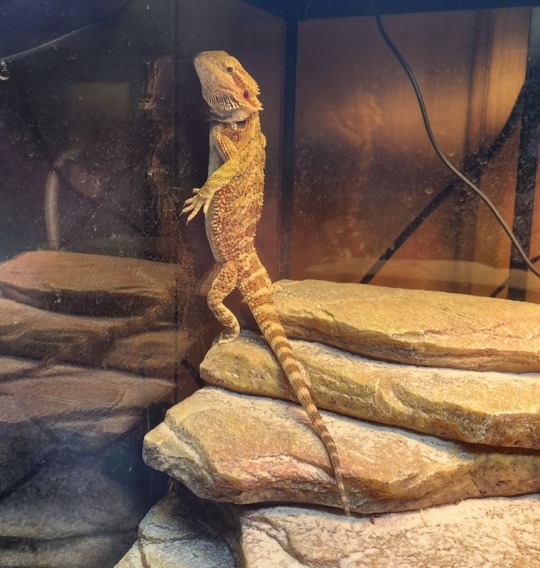
Another beardie! Dean is about as old as Sam, and makes up what he lacks in brains in sheer audacity. He has not figured out the concept of glass, or that he can not eat two roaches at once. But we love him!
Ozymandias (Ozzy)
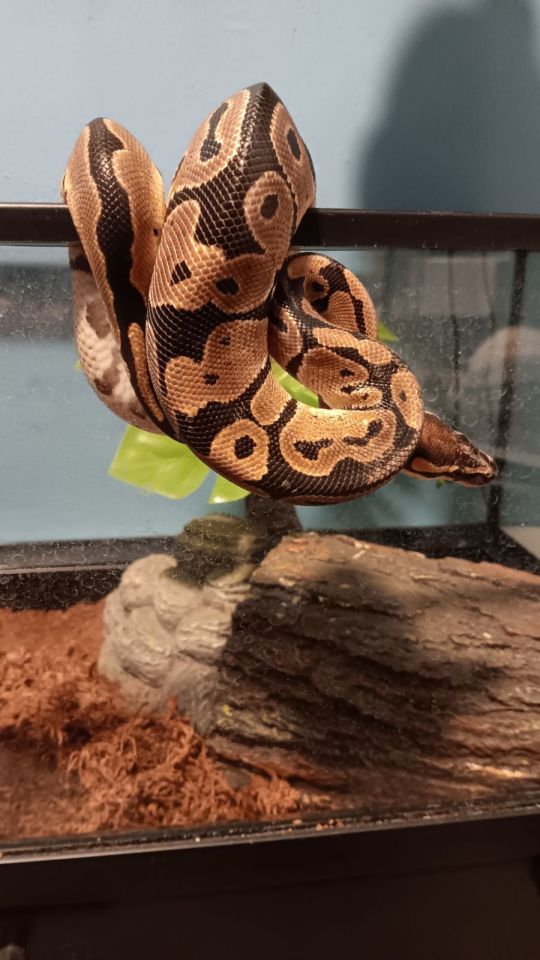
Ozzy the Ball Python, my partner's snake. He is also not much older than the beardies and mostly keeps to himself, but he does like to be a bracelet sometimes.
There are also Miles, my hamster, and Kihe, my gf's leopard Gecko. Tumblr restricts me to 10 images though, so I'll see what to do about that!
We also do dog daycare/boarding through Rover, and I am working towards getting my trainer certificate. In the meantime, I am working for a low cost as a dog trainer locally.
#pet#pets#dogs#dog#dogtrainer#service dog#cat#feline#felines#canines#cats#bearded dragon#bearded dragons#snake#snakes#ball pythons#ball python#beardie#beardies#rescue#exotic pets#dog training#dog boarding#doggy day care#hamster#hamsters#leopard gecko#pregnancy#pregnant#pregnant ftm
9 notes
·
View notes
Text
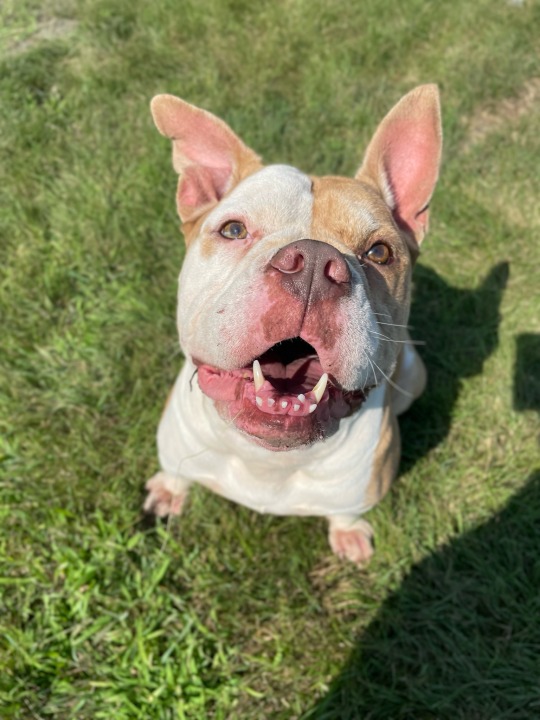
Gotta love that face 🥰❤️
#dogs of tumblr#dogs#puppies#dogs of the internet#for the love of dogs#austrailian cattle dog#mixed breed#fosteringsaveslives#sharpei#husky#American bulldogs#bulldog#dog boarding
59 notes
·
View notes
Text
Work has been absolutely amazing and it’s so much freaking FUN. I the best coworkers and the dogs are all so sweet and for the most part really well behaved. It’s just so awesome to be doing what I love.
4 notes
·
View notes
Text

Silver 🐾
#dobermann#dog#dog boarding#dog daycare#dog sitting#doggo#dogoftheday#dogphotography#dogs of tumblr#pets#dogs#adorable dogs#giant dog#cute dog#funny dogs#happy dog#sweet doggy#doglover
16 notes
·
View notes
Text
What if I actually cry bc there’s people offering to give my boss near $1,000 individually and starting a goFundMe and entire other businesses in the pet industry are gathering their teams to go help.
So far 3 generators have been offered to her, a bunch of food and water is being brought and other dog owners have been offering their time and resources to care for those of clients that can’t get to their pets yet. I have personally drove out to transport dogs and within three days we got all of the dogs that were boarding back home. They were staying in her house since the kennel flooded.
I finally got to actually see her again and I think she was hugging me and crying at least 4 times. I am so happy that it looks like everything is going to be okay for her, even if it takes a while.
6 notes
·
View notes
Text
Dog Boarding With A Family provides your dog a family and a home when you are away. A loving family to live and sleep with. This is the best cage free boarding. Yards are fenced. For more information visit the website https://www.dogboardingwithafamily.com/
2 notes
·
View notes
Text
Top 10 Favorite Dog Names
that I've heard while working in a kennel:
Chicken Nugget
Noodle
Mr. Pickles
Miss Pickles (no relation)
Archie Bananas
Tomato
THE DUDE
Homer (a.k.a Home-Dawg)
Sugar Bear
Boogie
#mr pickles and noodle are both frenchies#which feels worth mentioning#THE DUDE's mom always spells his name in all caps#and he really does like like a dude#dog#doggy day care#dog boarding#dog names#frenchies
10 notes
·
View notes
Text
2 notes
·
View notes
Text
My aunt recently asked me what I thought of Rover, the dog sitting app, and I was like like

I always feel bad when people need dog care and ask who is recommend because I have no idea. I legitimately would never leave my dogs with a service, because I’ve worked in dog care for about a decade. I can only tell you what to look out for, and to remember these places will lie to your face.
9 notes
·
View notes
Text
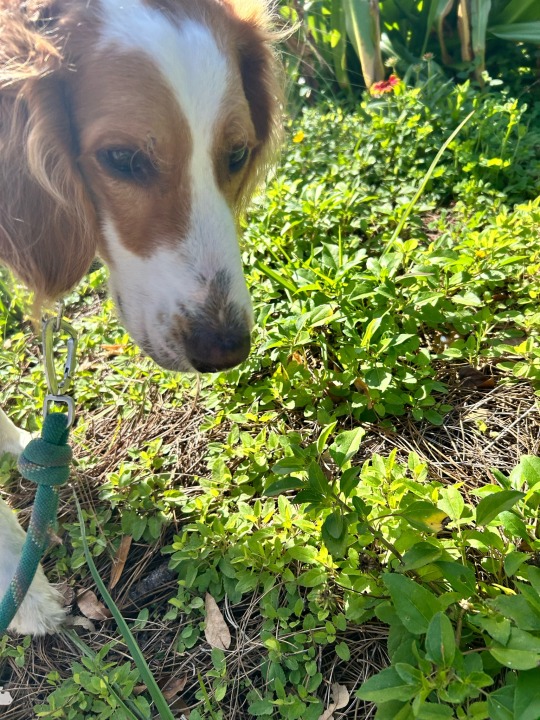

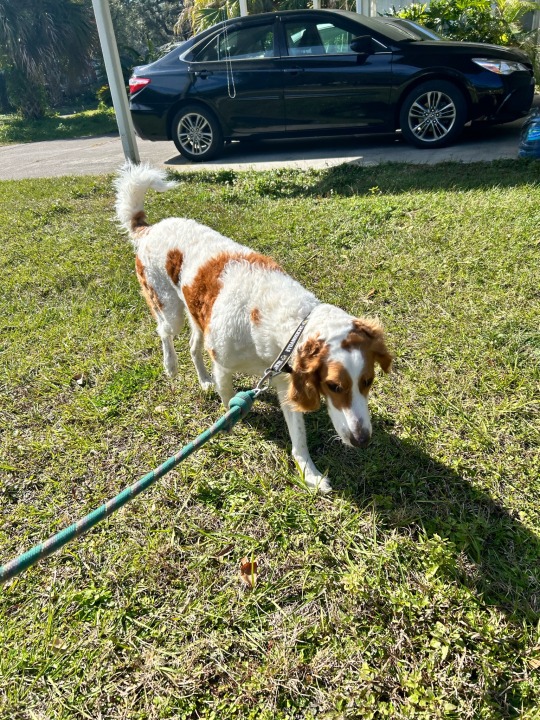

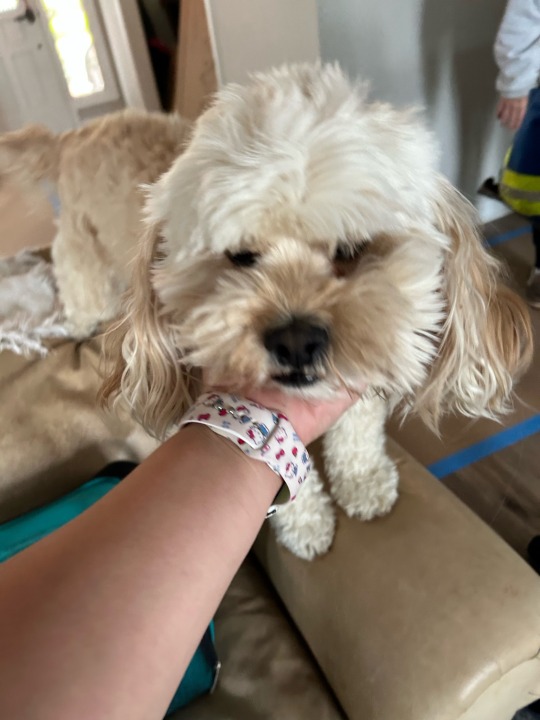



I do rover and I’m a mobile vet tech! I pet sit, dog walk, and board as well as go to clients homes to help the veterinarian I work with! I love my job and working with Rover for extra income! I have so many cute clients and it allows me to focus on finishing school (graduating this year finally!) as well as caring for my child! 🩵
If you want to learn more, comment! I’d love to share my journey with you 🥰
#adorable#animals#pets#animal lover#vet nurse#vet tech#lol#artist#cats#exotic pets#dogs#dog mom#cats and dogs#dog lovers#dog lover#pet sitter#pet sitting#dog boarding#animal lovers#animals are awesome#cute animals#animals are friends#vet tech life#vet med#vet med life#veterinary medicine#mobile vet tech#biomedical science#pre vet
3 notes
·
View notes
Text

Survived another 'Hell Night' at the kennel. No dogs tried to escape or hurt theselves, but several were still shaking and panting when I left, even though all doors were closed and the TVs turned up loud. I hate this holiday.
5 notes
·
View notes
Text

Be happy 😊
#dogs of tumblr#dogs#puppies#dogs of the internet#for the love of dogs#austrailian cattle dog#mixed breed#fosteringsaveslives#sharpei#husky#chihuahua#dog boarding
67 notes
·
View notes
Text
65/100.
Finished my taxes! Submitted it yesterday.
Last time we talked, I was trying to figure out my business-use-of-home expenses for the pet boarding part of my business. It was making my head hurt trying to figure out how I should calculate this.
I finally decided I should treat pet boarding like a bed and breakfast for the purposes of filing taxes. So to that end, I had to figure out what percentage of my home I use for boarding and for what percentage of the time.
First I considered what percentage of my house is used for boarding. The thing is, all dogs and some cats have free range of the home 24 hours a day. That translates to 100% of the home 100% of the time. But I'm pretty sure that's not gonna fly for deducting business-use-of-home expenses. The CRA wants a "reasonable" prorating of the expenses.
So I thought about what parts of my house I actually use for boarding. Generally, I confine cats to one bedroom. Two cats from the same household stay together in the same room, so it's not one room per cat, it's one room per booking.
For dogs, even though they have free range, they generally follow me around the house, which means that during the day they rarely go upstairs at all. Mostly they are in the two rooms I use the most during the day: the living room and the kitchen. If I leave the house, I'm pretty sure they just nap in the living room the whole time I'm gone. At night, some dogs sleep in the living room, others follow me upstairs to my bedroom and sleep next to my bed. However, if cats are boarding in my room and can't coexist with dogs, then the dog is shut out of my bedroom and lopes back down to the living room, or sleeps outside the bedroom. At this point I was considering dogs as using half the house for calculating purposes.
But then I thought about the times I've had multiple dogs from different households boarding at the same time. Often they just all nap in the living room, but sometimes I have to physically separate them, especially during mealtimes. At those times, I generally either put up physical barriers, or I tether the dogs in different rooms, usually one in the kitchen and one in the living room. I also thought about the fact that I sometimes block off the living room or the kitchen in order to keep a boarding dog away from my own two cats. Furthermore, nobody really hangs out in the dining room, which separates the kitchen and living room. It's more of just a pass-through. So in the end, I decided to consider dogs as using one room per booking as well, as per cats.
I then had to figure out what percentage of my home "one room" constitutes. I didn't want to use square footage, because honestly then I'd have to measure and that would be a huge pain in the butt. But also because it doesn't really matter what size the rooms are, it's the doors and barriers that are important. So I mentally divided my house up into the usable rooms or areas for keeping pets separated, safe and comfortable. Upstairs there's three bedrooms. The bathroom doesn't count because I don't put pets in there. The main floor is open, no doors, but not "open-concept"--there are walls and doorways, so I am able to put up barriers. I considered the main floor as consisting of three rooms.
Now the basement, I mostly just use it for storage, and also I keep the basement door closed, so no one goes down there. However, in high-season when it's super busy with multiple bookings, I do use the basement bathroom as over-flow to house cats. And when it has been super super busy, I have had one cat in the bathroom and another cat outside of the bathroom. There are no rooms in the basement other than the bathroom and the tiny boiler room/washer & dryer nook, where I do NOT house cats. So essentially there are two spaces in the basement cats can be housed: in the bathroom, or outside the bathroom. So for pet boarding purposes, I consider this to be two rooms.
That makes 8 rooms in total: 3 upstairs, 3 on the main floor, and 2 in the basement.
So the portion of my house that a pet/two pets from the same household use when they board with me is 1/8.
Phew!
Next, I had to figure out what percentage of the time a pet uses 1/8th of my house. A pet uses their portion of the house 100% of the time they are staying with me, but I don't have pets staying with me 100% of the time. To figure this out, I needed to add up how many days of the year I had a pet staying with me. I'll walk you through that calculation in the next post.
#100 days of productivity#100dop#taxes#tax deductible#tax deductions#filing taxes#income tax#business use of home#business expense#home business#pet boarding#petsitting#dog sitting#dog boarding#cat sitting#cat boarding#side hustle#side gig#gig workers#canada revenue agency
3 notes
·
View notes
Text

Tudor (Potato) 🐾
#yellow labrador#labrador dog#dog#dog boarding#dog daycare#dog sitting#doggo#dogoftheday#dogphotography#dogs#dogs of tumblr#pets#dog moment#cute dog#sweet doggy
8 notes
·
View notes
Text
Dog Boarding in Plano, Texas | Paw Oasis Pet Resort
Looking for reliable dog boarding in Plano, Texas? Paw Oasis Pet Resort offers safe, comfortable, and fun accommodations for your furry friend. Book now!
0 notes